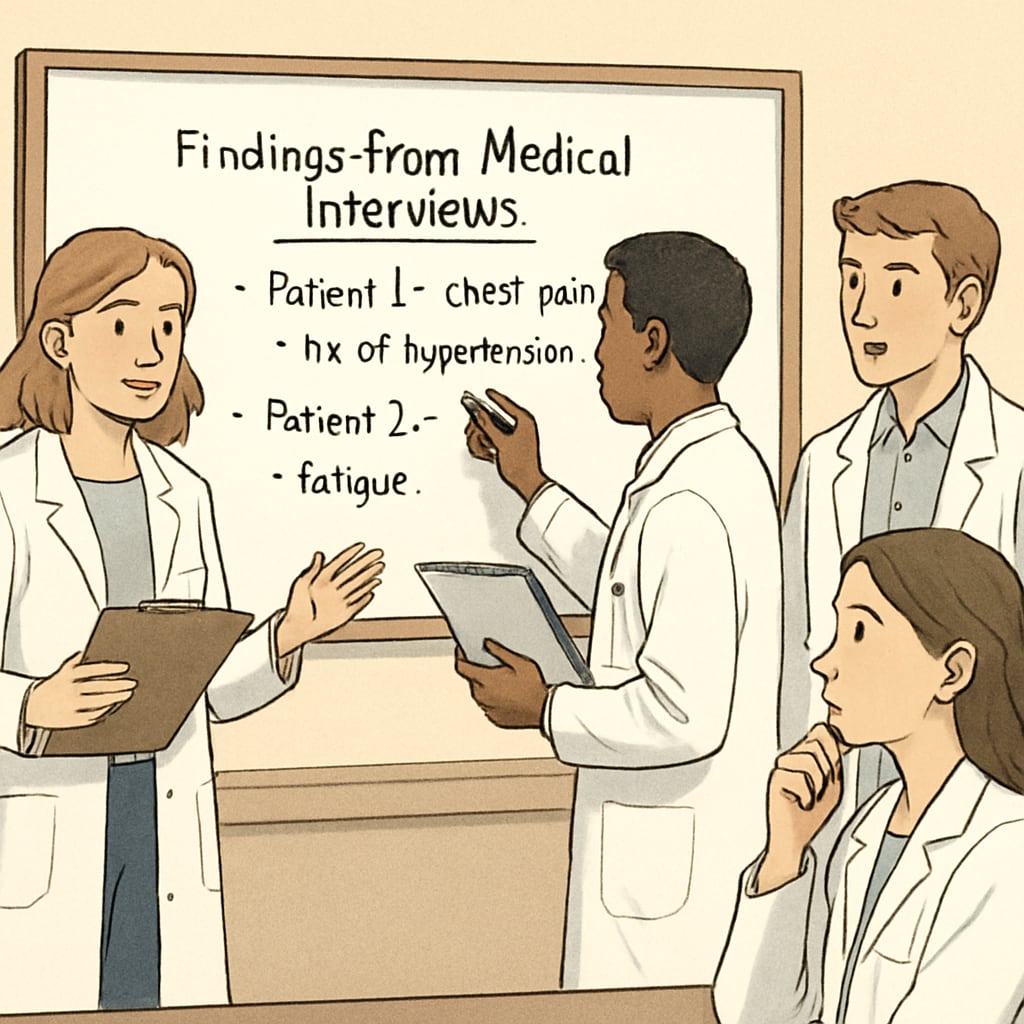Incorporating medical career interviews into school projects has proven to be an effective way to introduce students to the world of healthcare. These activities not only provide an authentic glimpse into the medical field but also help students develop essential career awareness and planning skills. By engaging directly with medical professionals, students gain valuable insights into the responsibilities, challenges, and rewards of a career in medicine, paving the way for informed decision-making about their futures.
Why Include Medical Career Interviews in School Projects?
Medical career interviews in K12 education serve multiple purposes. First, they offer students a practical understanding of what it means to work in healthcare. Unlike textbook learning, these interactions bring real-world perspectives that can inspire and motivate students. Second, they help students explore whether a medical profession aligns with their interests and aptitudes. Lastly, such projects foster critical skills such as communication, inquiry, and professional etiquette.
- Provide real-world exposure to the medical field
- Help students assess their interest in healthcare
- Develop essential communication and planning skills

Steps to Design an Effective Medical Interview Project
Designing a successful medical career interview project requires thoughtful planning and collaboration. Here’s a step-by-step guide:
1. Define Objectives
Clearly outline the goals of the project. Are students expected to learn about specific medical roles, understand the educational pathways, or explore the ethical aspects of healthcare? Having defined objectives ensures that the project stays focused and meaningful.
2. Identify Medical Professionals
Reach out to local hospitals, clinics, or medical associations to connect with professionals willing to participate. Ensure diversity in roles to expose students to various career paths, such as physicians, nurses, technicians, and researchers.
3. Prepare Students
Equip students with the skills they need for a productive interview. This includes teaching them how to create thoughtful questions, practice active listening, and respect the time of busy professionals.
4. Facilitate the Interviews
Provide a structured environment for the interviews, whether in person or virtual. Encourage students to take detailed notes and reflect on what they learned.
5. Encourage Reflection and Sharing
After the interviews, have students summarize their findings in essays, presentations, or group discussions. This step helps consolidate their learning and share insights with peers.

Guiding Students for Meaningful Conversations
To maximize the value of these projects, students must approach their interviews thoughtfully. Here are some best practices:
- Research the professional’s role beforehand to ask informed questions
- Practice respectful communication and active listening
- Focus on open-ended questions to encourage detailed responses
For example, instead of asking “Do you enjoy your job?”, students could ask, “What inspired you to choose this career, and what keeps you motivated?” This approach fosters deeper, more engaging discussions.
Conclusion: Inspiring the Next Generation of Healthcare Professionals
Medical career interview projects are a powerful tool in K12 education, offering students an immersive way to explore the dynamic field of healthcare. By connecting with medical professionals, students gain firsthand knowledge that textbooks simply cannot provide. Implementing these projects thoughtfully can empower students to make informed career choices and cultivate skills that will serve them well in any profession.
As educational institutions continue to adapt to the needs of a rapidly evolving workforce, integrating such experiential learning opportunities ensures that students are better prepared for the challenges and opportunities ahead. Whether they choose to pursue medicine or another path, the skills they develop through these projects are invaluable.
Readability guidance: This article uses concise paragraphs, clear headings, and lists to enhance readability. Active voice and transitional phrases ensure a smooth reading experience, while the inclusion of practical tips makes the content actionable for educators.


